Optimizing a website for search engines, also known as SEO, is an important aspect of digital marketing. It can help increase visibility and attract more traffic to a website. When it comes to multilingual websites, SEO can become even more complex. However, with the right strategies in place, it is possible to reach a global audience and increase the visibility of a website in multiple languages.
One of the first steps in SEO for multilingual websites is to determine the target languages and regions. This will help guide the content creation and optimization process. Once the target languages and regions have been identified, it is important to create unique and high-quality content for each language. This includes not only the text, but also meta tags and alt tags for images.
Another important aspect of SEO for multilingual websites is the use of tags. These tags help search engines understand the language and regional targeting of a website. Hreflang tags are placed in the HTML code of a website and indicate the language and regional targeting of a specific page. This helps search engines serve the correct version of a website to users based on their language and location.
It is also important to use a consistent URL structure for multilingual websites. Using a subfolder or subdomain for each language can help search engines understand the structure of the website and improve the visibility of the different language versions. It is also important to use redirects to ensure that users are directed to the correct version of the website based on their language and location.
In addition to the technical aspects of SEO, it is also important to focus on the content. Creating high-quality, unique content in multiple languages can help attract a global audience and improve the visibility of a website. This includes not only the text, but also images and videos. It is also important to use keywords and phrases in the target languages to improve visibility in search engines.
Finally, it is important to monitor the performance of a multilingual website in search engines. This can be done using tools such as Google Analytics and Google Search Console. These tools can provide insights into the traffic and performance of a website in different languages and regions. By monitoring the performance, it is possible to make adjustments and improvements to the SEO strategy to reach a global audience.
In conclusion, SEO for multilingual websites can be a complex process, but with the right strategies in place, it is possible to reach a global audience. This includes creating unique and high-quality content, using tags and consistent URL structure, focusing on the content, and monitoring the performance of a website in search engines. By following these steps, it is possible to improve the visibility of a website in multiple languages and reach a global audience.
“Don’t get left behind in the digital age! Improve your Google SEO and reach more customers with the help of our experienced professionals. Contact us now to see how we can help boost your online presence.”










